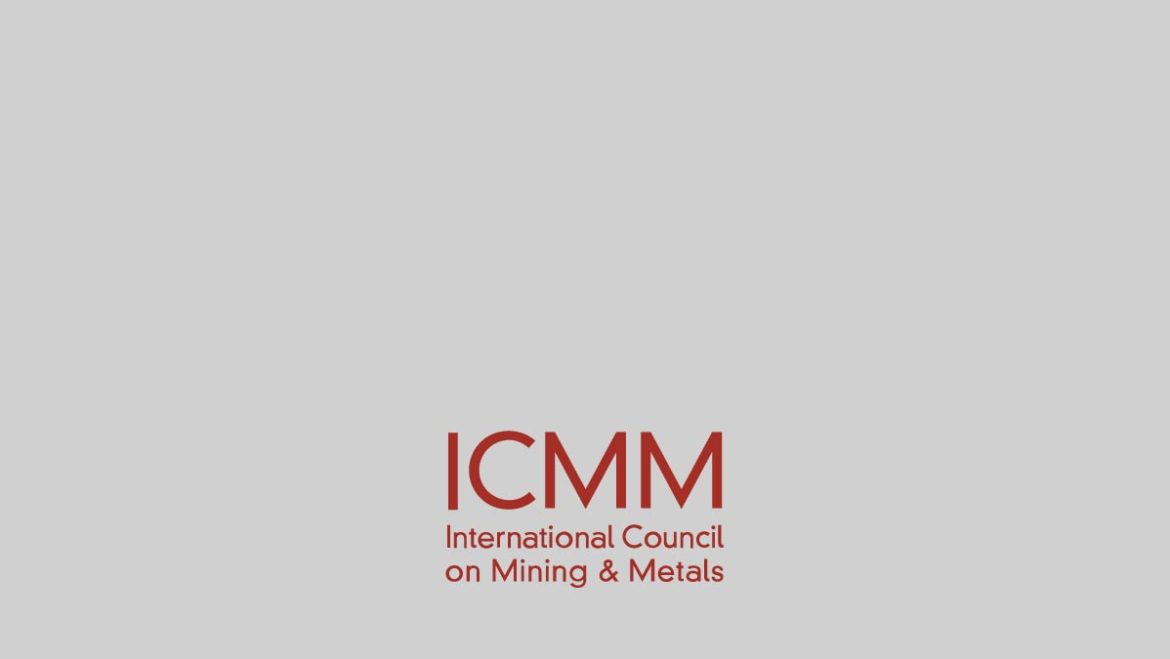The Olympic Dam copper mine is located in outback South Australia, approximately 570 kilometres north of the state’s capital of Adelaide.
It is the world’s fourth largest copper deposit, with smaller amounts of gold, silver and uranium also mined. The Olympic Dam asset is owned by BHP Billiton Olympic Dam Corporation (BHP Billiton) and is situated on land to which the Kokatha people have long held cultural and spiritual connection.
This spiritual and cultural connection has been formally recognized by the granting of legal native title rights to the Kokatha of over 33,807 square kilometres of land surrounding the Olympic Dam operation. This recognition provides non-exclusive native title rights to the Kokatha people to hunt, fish, camp, gather and undertake cultural activities, including ceremonies and meetings, and to protect places of cultural significance on their traditional country.
In 2009, the Kokatha, along with the Barngarla and Kuyani peoples, entered into a business arrangement with BHP Billiton through the Olympic Dam Agreement (ODA). The ODA ensures that Aboriginal people benefit from the Olympic Dam operation, including the provision of employment, training, education and business opportunities. The broader region consists of more than 20 native title language groups, and all can benefit from the ODA via commercial opportunities and access to the OIympic Dam Aboriginal Community Trust. To date, the trust has delivered over $2.1 million to Aboriginal people and communities within the northern region of South Australia.
Each of the Aboriginal participation program initiatives put in place through the ODA seeks to enhance the socioeconomic status of Aboriginal peoples and has seen measurably positive impacts on local communities. One such success is the launch of local Aboriginal businesses through Olympic Dam’s Tier 1 sponsorship model.
The Tier 1 sponsorship model is a collaborative team-based approach that sees emerging Aboriginal enterprises paired with a Tier 1 contracting partner. In collaboration with BHP Billiton, the established contractor provides the development building blocks to help build the emerging Aboriginal enterprise. BHP Billiton identifies work placement in areas of the mine where required work is performed that does not impact production or safety outcomes, and the Tier 1 sponsor provides on-site work structure and direction when needed. Regular meetings are attended by BHP Billiton, the Tier 1 contractor and the Aboriginal enterprise.
This hands-on facilitation helps the Aboriginal enterprise to succeed in its aspirations of becoming a service delivery contractor and to grow its business in responsibility and scope. It also assists in building local capability beyond the life of the mine and helps strengthen regional business through collective competitiveness.
In shaping the Tier 1 sponsorship model, BHP Billiton recognized that hands-on learning is often more practical and effective than the traditional classroom-based approach historically used in business education. Olympic Dam successfully implemented this innovative model of capacity building in pre- and post-employment training, and positive results prompted a step change away from traditional classroom-based training.
The ultimate goal of the Tier 1 sponsorship model is to ensure Aboriginal enterprises can grow into commercially competitive businesses at Olympic Dam, improving the financial independence of Aboriginal people and their communities.
An important and distinctive attribute of the business-to-business support model is the genuine mutual effort to increase local business competitiveness, rather than resorting to charitable contributions or subsidy. This distinction is of particular importance when it comes to building the confidence and ability of the business and ensuring the community forges partnerships based on equality.
In 2015, three years after implementation of the strategy, Olympic Dam is starting to see the rewards of this investment with three Aboriginal enterprises now directly contracted across various scopes of work and a further Aboriginal enterprise working through the sponsorship model.

